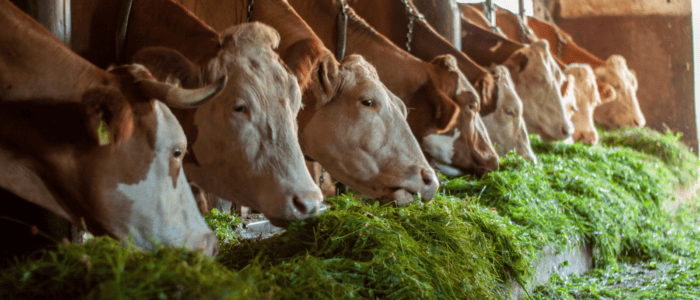Published
Beyond Fear: The EU-Mercosur Agreement and European Agriculture
Subjects: EU Trade Agreements EU-Mercosur Project Latin America

This blog post is based on an article published in El País on the 19th of January 2025 with María C. Latorre and Isabel Pérez del Puerto. The original article can be found here.
On the 6th of December 2024, the European Union and Mercosur concluded negotiations of their Association Agreement, a process that had been underway since the year 2000. It is common for such trade agreements to be understood in terms of winners and losers, depending on the results of the final text. In this case, however, it would be more constructive to speak of challenges and opportunities.
One of the most contentious aspects of the agreement is the impact on Europe’s agricultural and livestock sectors. Several associations have already openly expressed their opposition to the agreement, arguing that current European regulations prevent them from competing on equal terms with their counterparts in Mercosur countries. However, this argument is not as straightforward as it might seem.
Firstly, all agricultural products imported from outside the European Union must meet the same sanitary and phytosanitary standards as those produced within Europe. It is true that exporters from third countries may use pesticides not authorised in the EU, but to access the European market, they must provide a scientific assessment to guarantee that maximum residue levels are safe for consumers. Furthermore, in the specific case of meat, slaughterhouses in exporting countries are required to obtain a certificate to ensure compliance with European food safety and animal health standards before they can market their products in the EU.
So, should farmers and livestock producers in Mercosur follow the same European standards in producing their products? The answer is no. Countries with warm, humid climates face specific pests and challenges that require the use of pesticides and techniques different from those used in colder, drier regions. Nor would it be reasonable to demand that Mercosur countries adopt the same agricultural subsidies received by European producers, or that the recently approved EU Nature Restoration Law matches the standards for protecting native plants established by the Brazilian Forest Code. These are different contexts and require different legislation.
Will Europe be flooded with agricultural and livestock products from Mercosur once the agreement is approved? The answer is also no. A study commissioned by the Spanish Ministry of Industry, Trade and Tourism, led by Professor María C. Latorre – a co-author of this blog post – estimates that trade through the agreement would boost production, employment and wages in sectors such as olive oil, dairy, and wine production. On the other hand, products such as fruits, pork, and beef could experience slight production declines, with the bovine sector being the most affected with an estimated reduction of 1.2%.
To protect European livestock farming, the agreement establishes a maximum quota for beef and poultry imports from Mercosur, which is well below current import levels. This means that once this limit is reached, additional imports will remain subject to existing tariffs and restrictions, significantly limiting any changes from the current situation. Furthermore, mechanisms are in place for the EU to temporarily suspend tariff preferences if an increase in imports causes, or threatens to cause, serious harm to European agricultural producers. In addition, a compensation fund will be established to support farmers who may experience losses due to increased meat imports from Mercosur.
In conclusion, the Association Agreement between the European Union and Mercosur offers both opportunities and challenges. Although there may be concerns about the effects of external competition in some European agricultural sectors, it is important to recognise that the agreement includes safeguards and compensation mechanisms capable of limiting any negative impact. Ultimately, the real challenge lies in capitalising on the tangible benefits the agreement offers for the food industry on both sides of the Atlantic.